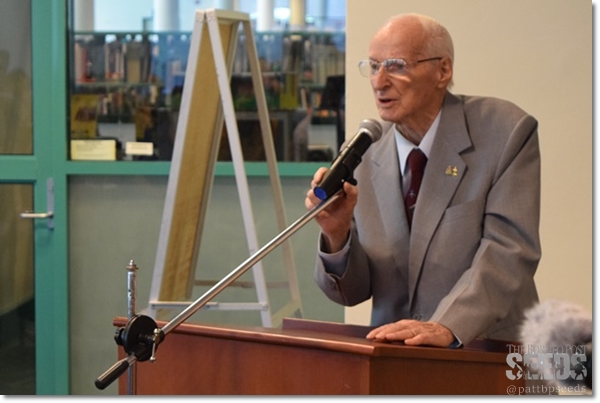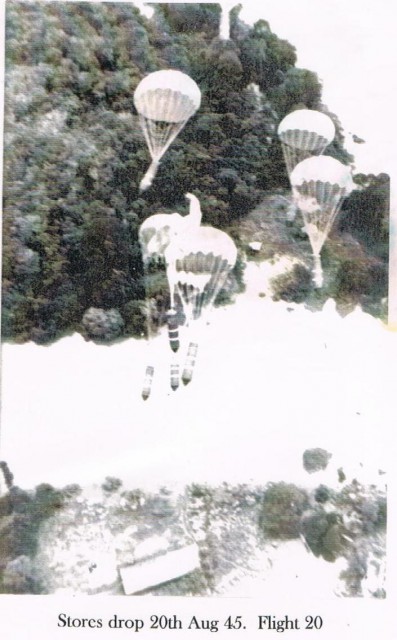
Jonathan Tredrea, 95, is one of the eight parachuters who landed from a plane in Barion on March 25, 1945 to the surprise of the locals. Tredera is one of the last surviving parachutists, who was the part of a group conducting a stealth mission behind enemy lines in the Second World War.
The mission was codenamed as ‘Operation Semut’, conducted by the iconic ‘Z’ operatives or Z force. The famous Z Special unit came into being out of necessity for an effective and trained force behind Japanese lines in Southeast Asia.
The whole operation was sliced into four segments due to the complexity of the situation and variety of the tasks at hand. These missions were conveniently named as Semut I, II, III, and IV, led by Major Tom Harrison, Major Torvy Carter, Major William Sochon, and Major Bill Jinkin respectively.
The eight parachuters that Tredera was a part of, made a successful landing on Borneo led by Major Harrison. Others in the group included, Sgt. K.W. Hallan, WOI R.D. Cusack, E.A. Edmeades, J.K. Barne, D.H. Bower, and Sgt. C.F. Sanderson.
Semut I had its operational HQ in Bario, where operatives made the first landing before shifting the base to Belawit. Semut II had a much wider area of operations around Baran and Tutoh Rivers. Semut II expanded and took the form of Semut III for the operation at Rajang River. Semut IV was launched to conduct operations on the coastline between Mukah and Bintulu.

Tredera joined the Citizen Military of Australia in 1938, but had to get an early discharge in 1941 due to his father’s death. He rejoined the ‘Regular Army’ and was soon accepted into a unit called the ‘Z Special’. Tredera was one of the eight operatives landed in Borneo highlands, Indonesia. Their task, primarily, was to devise a strategy to resist the upcoming Japanese invasion on Inland Indonesia.
All the Semut missions focused on the local community to create a sense of resentment towards Japanese and prepare a local militia against the invaders. The leader of Semut I gained a special reputation because of his extreme measures to maintain a stealth. Major Harrison also encouraged his operatives to become one with the community, get to know them, and gain their trust. Tredera quickly became famous in the local folks due to his medical background; he conducted a couple of surgeries on local people gaining their respect and support, The Borneo Post Seeds reports.
The outcome of the Semut operations was overwhelming and came to light after the Japanese invasion when local militia trained by Semut operatives killed 2,800 Japanese and taking 300 prisoners. Out of 2,000 trained militia men only 120 lost their lives while fighting the invading force.